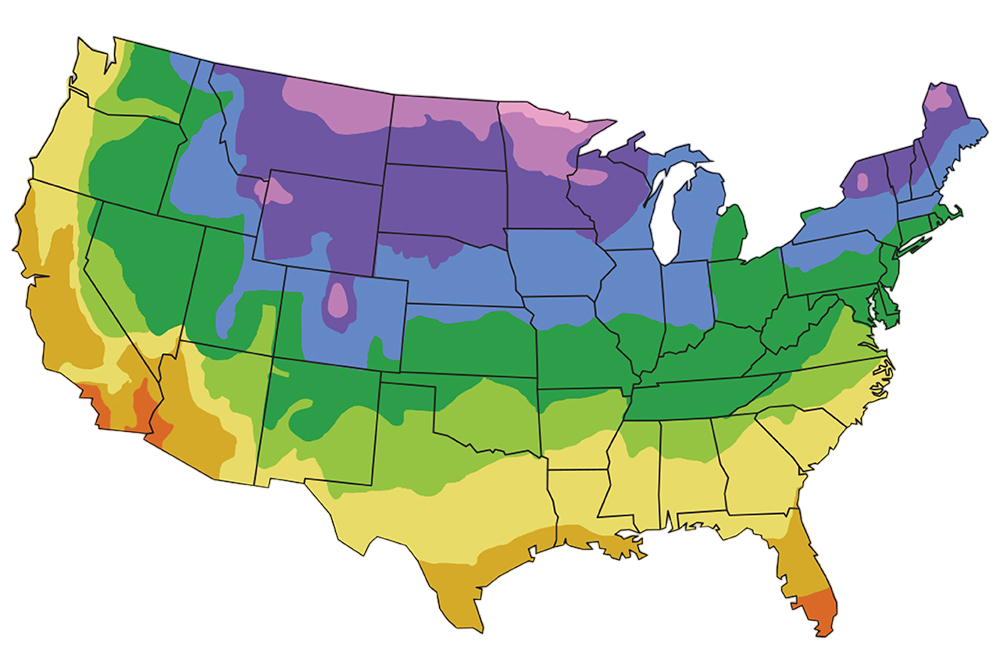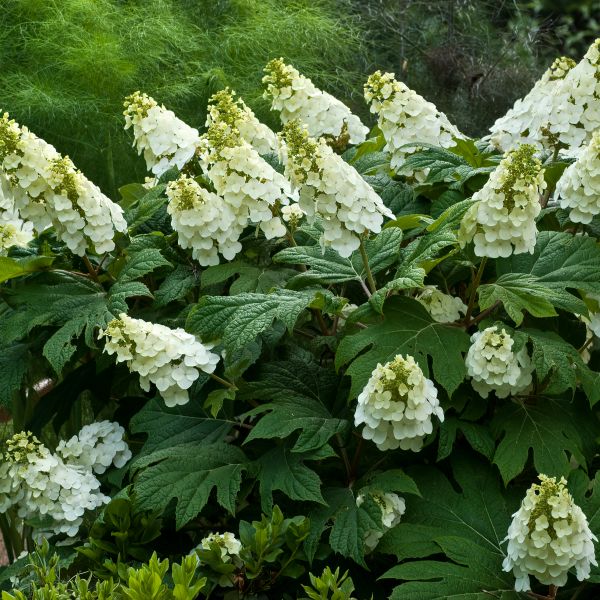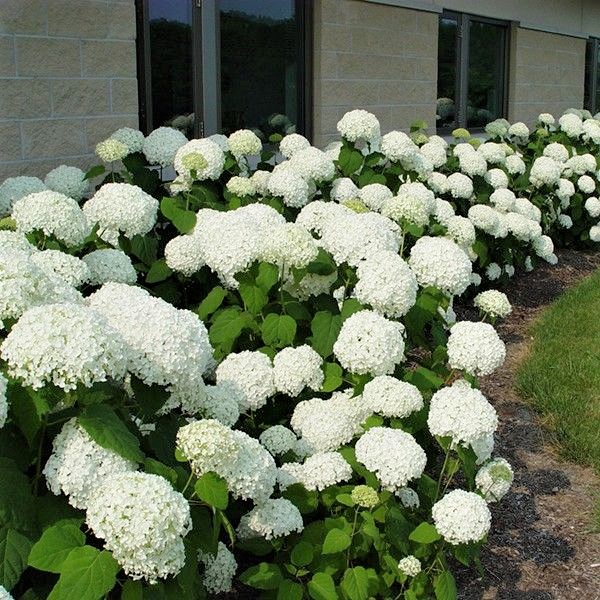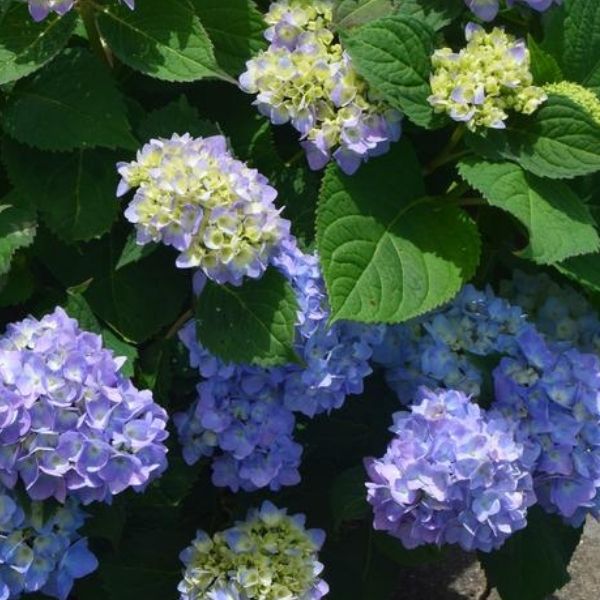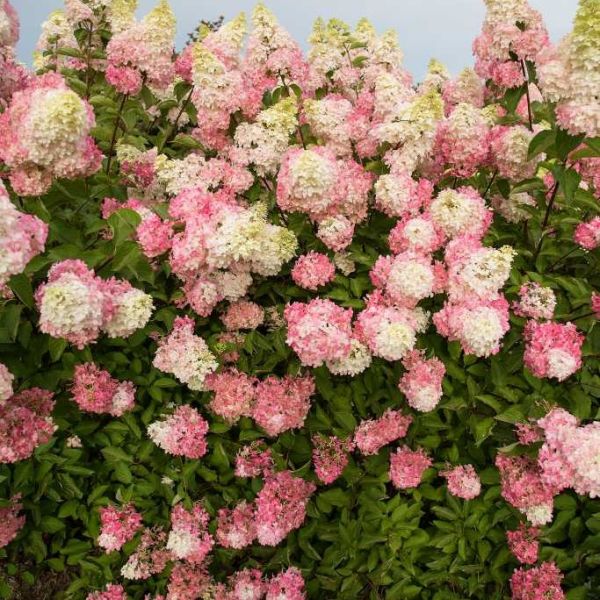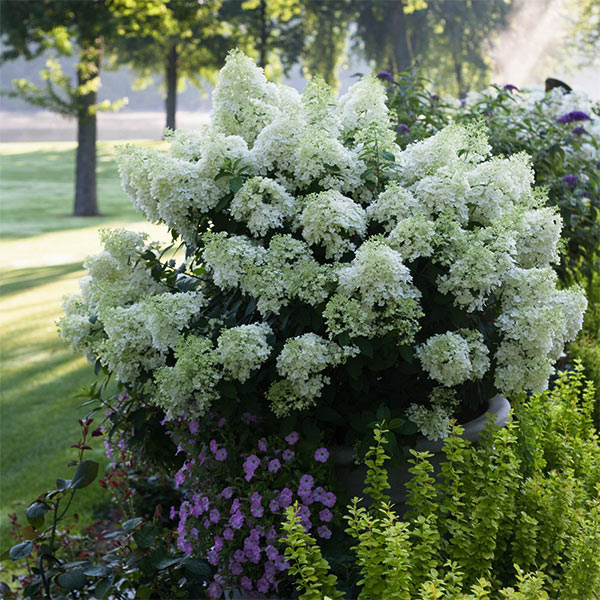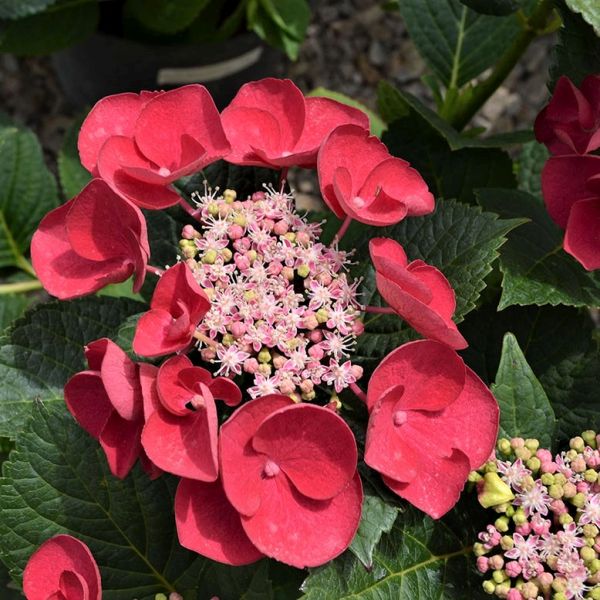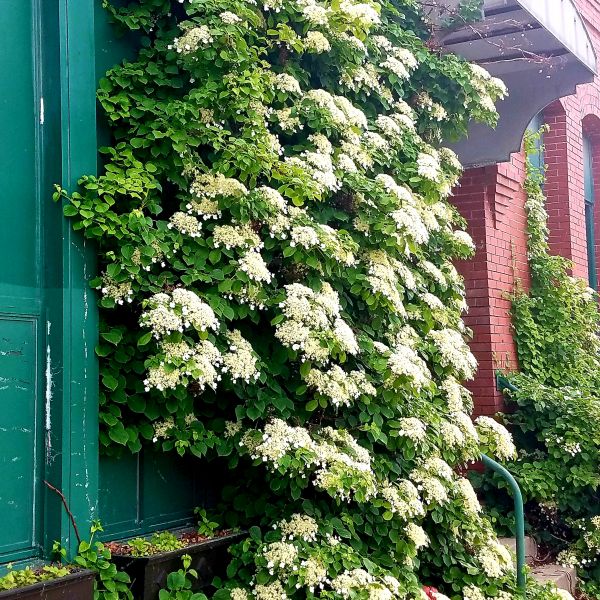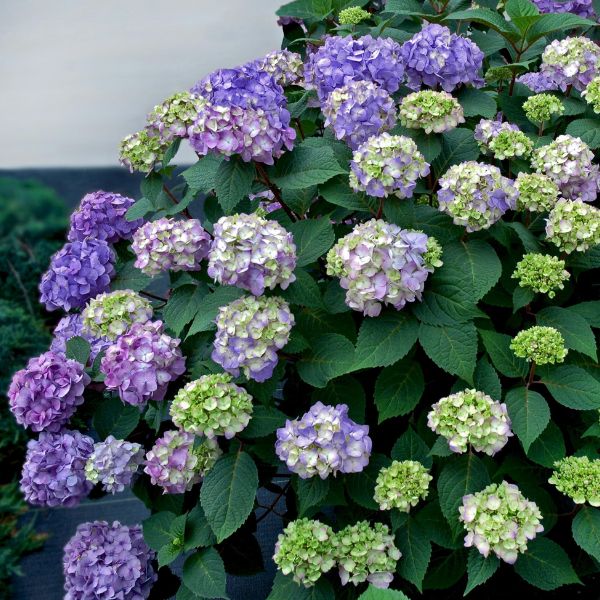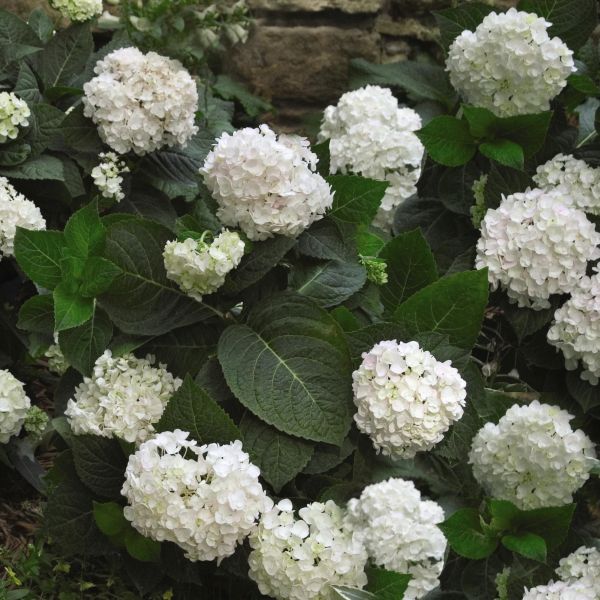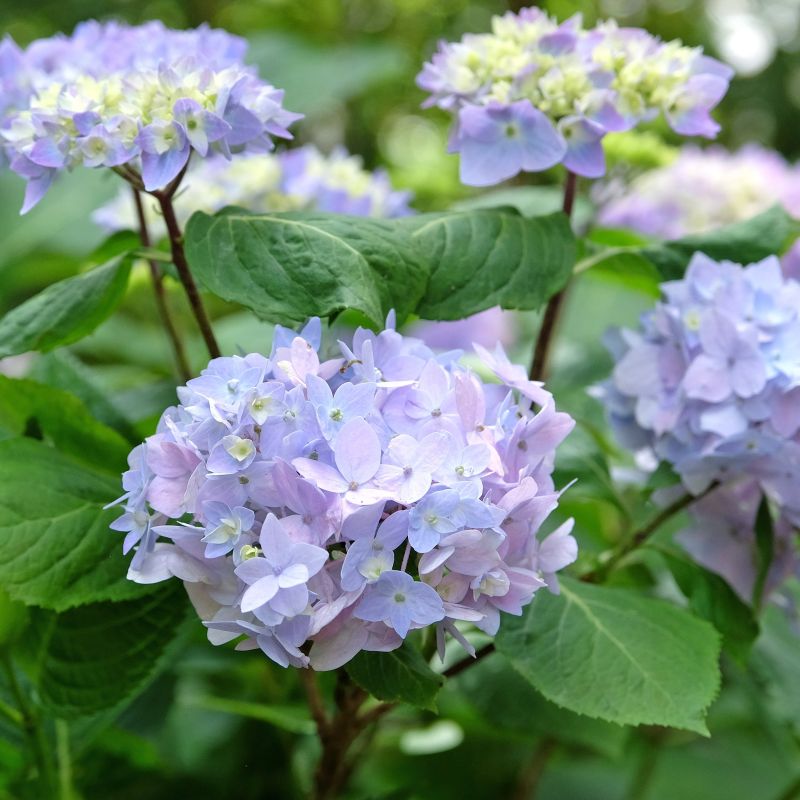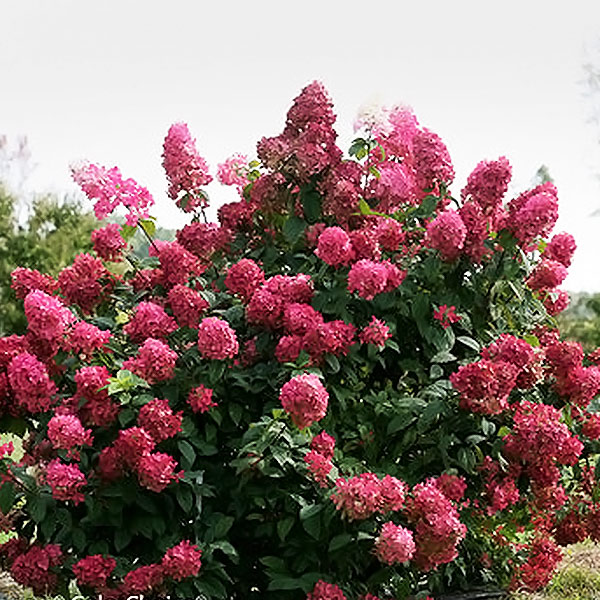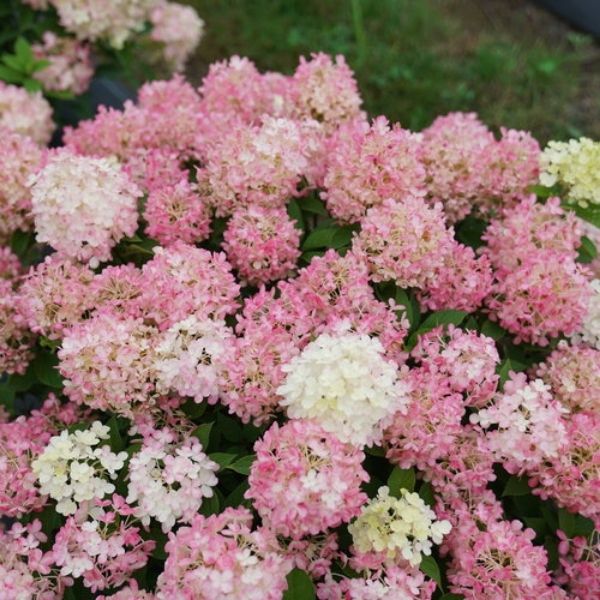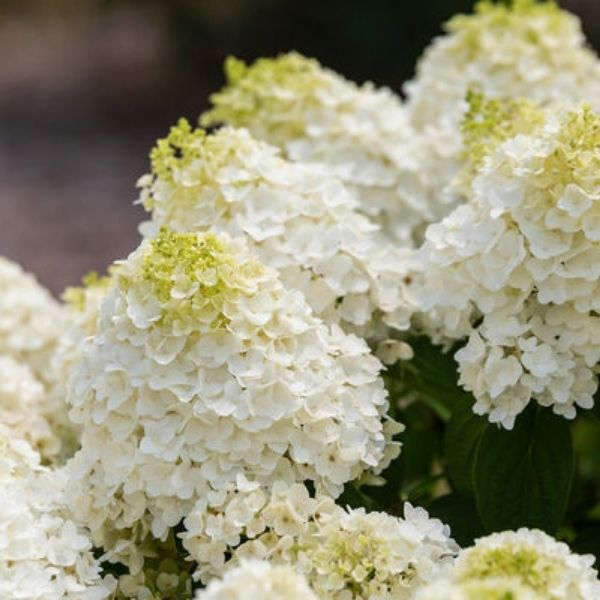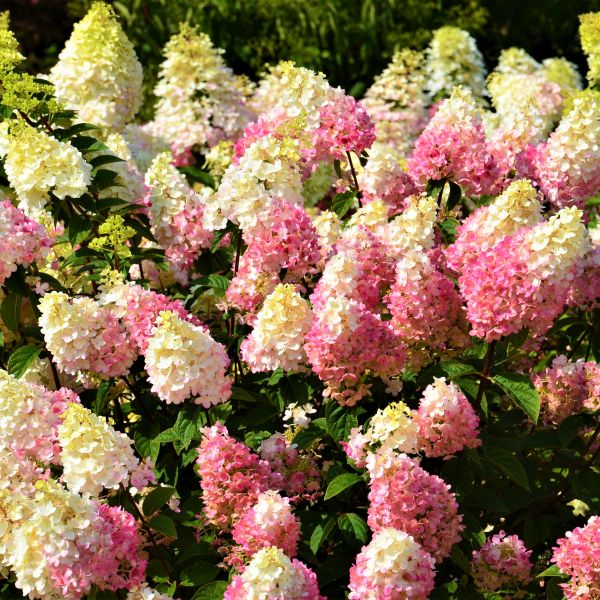
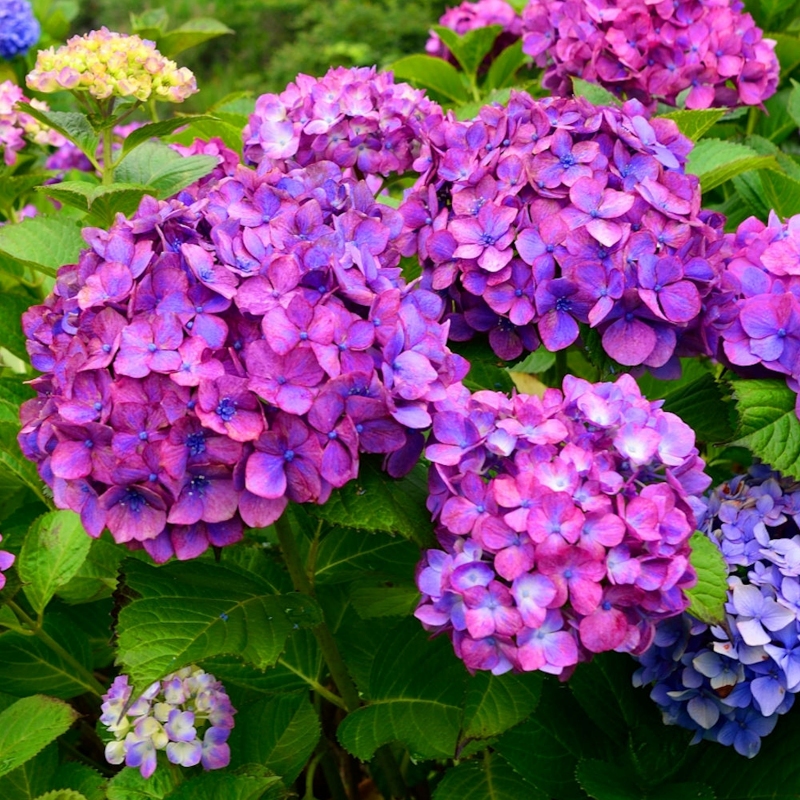
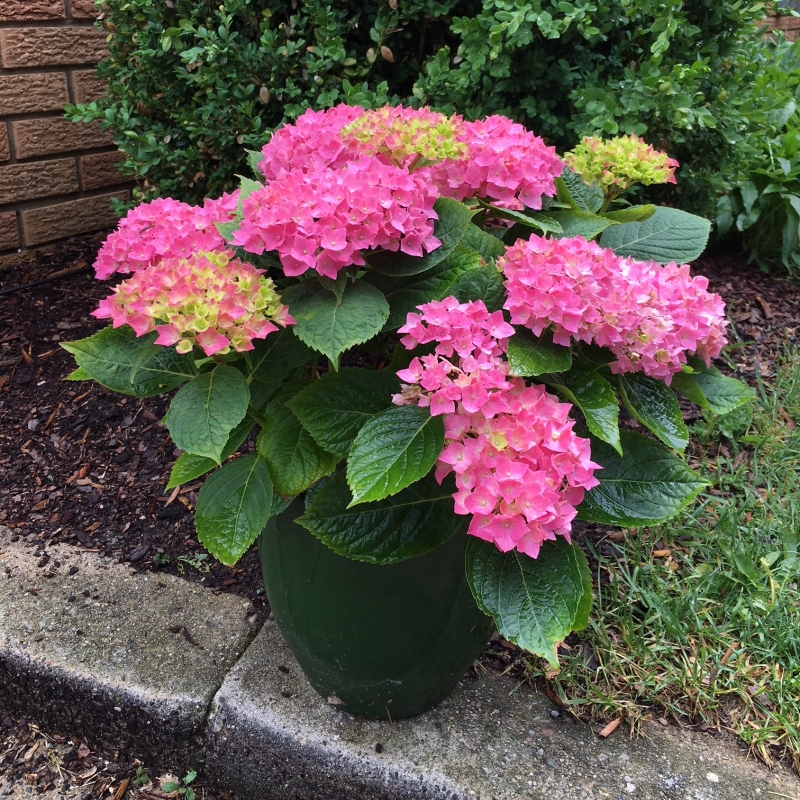
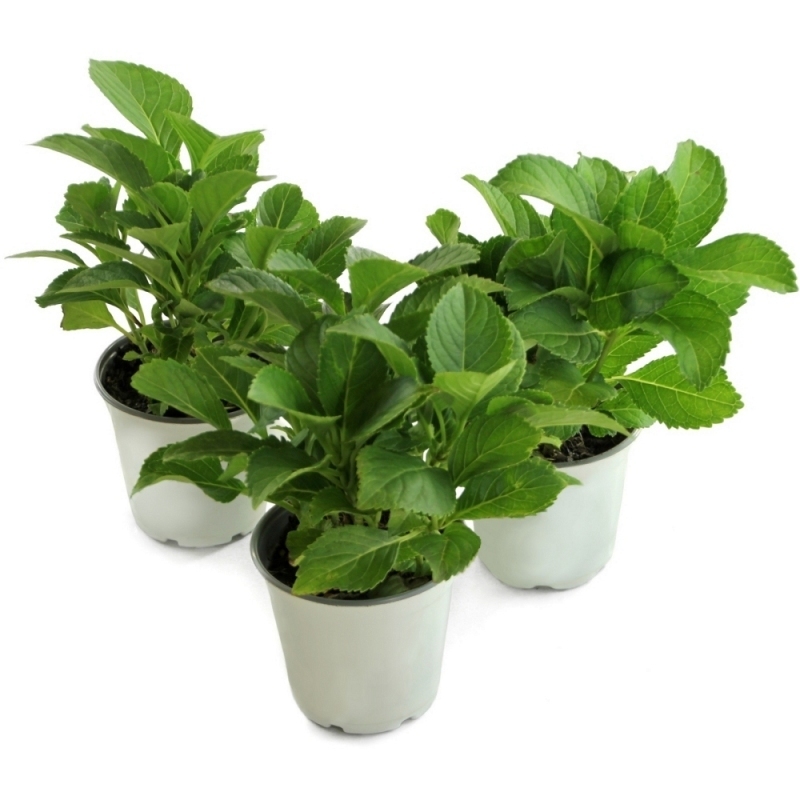
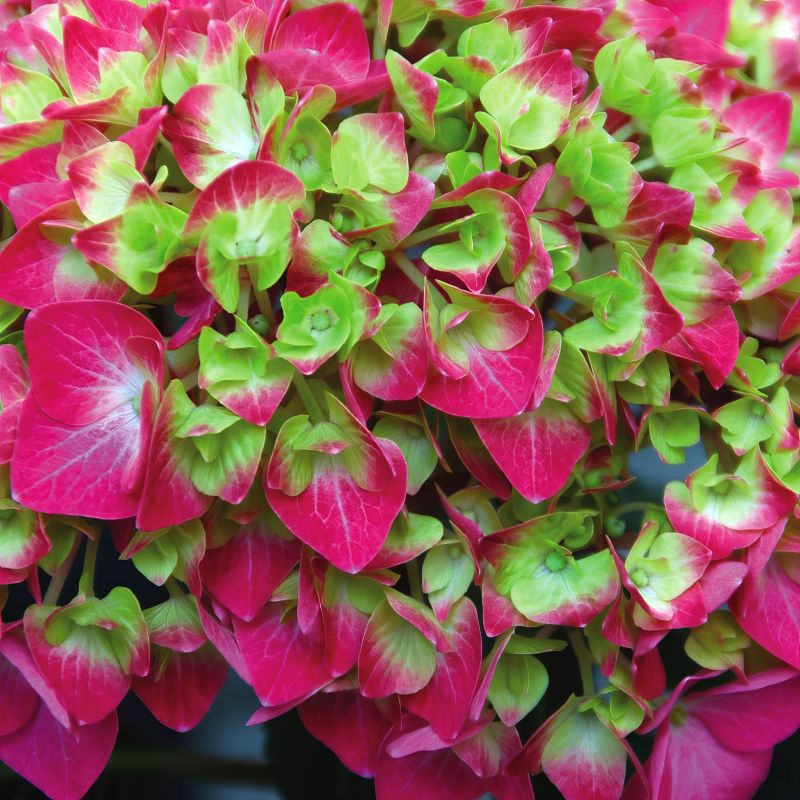
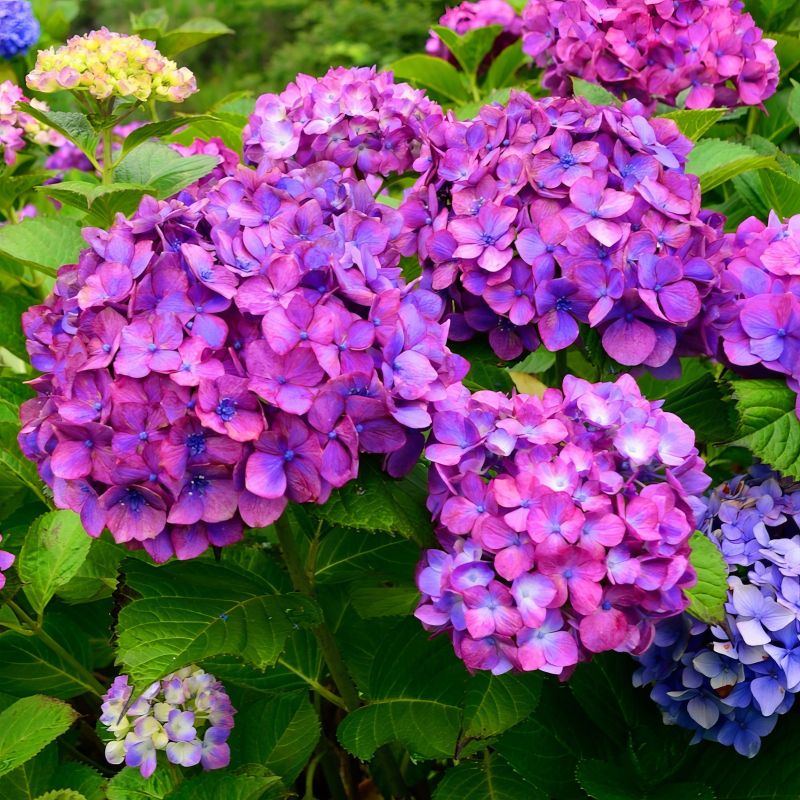
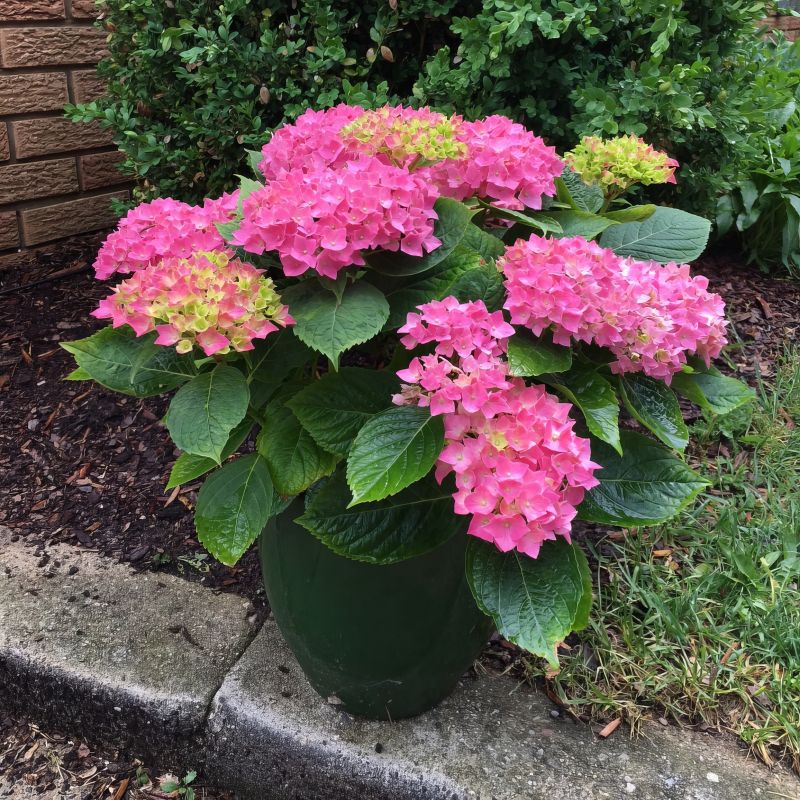

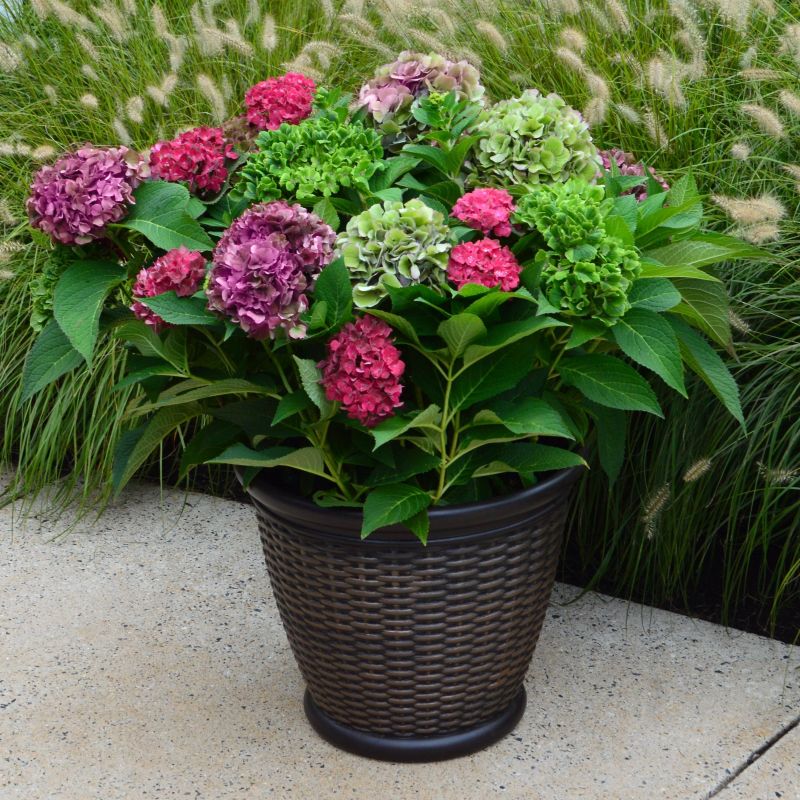
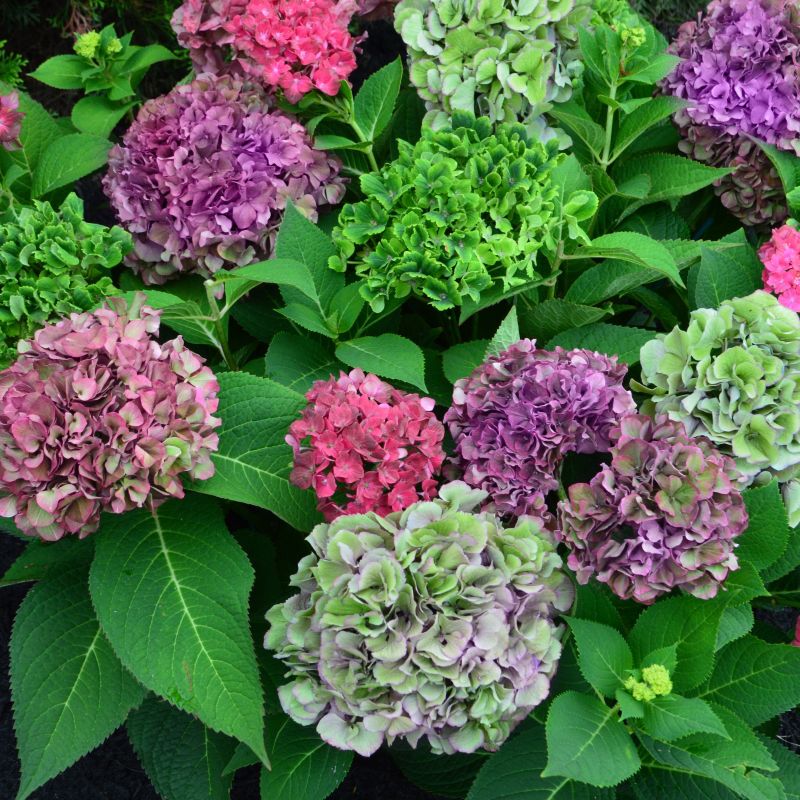
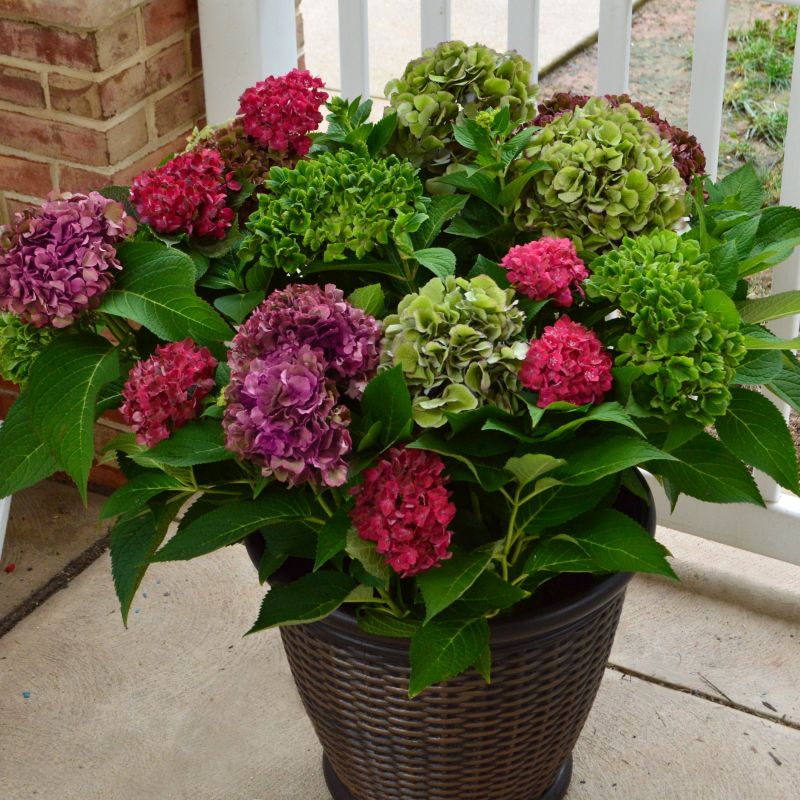
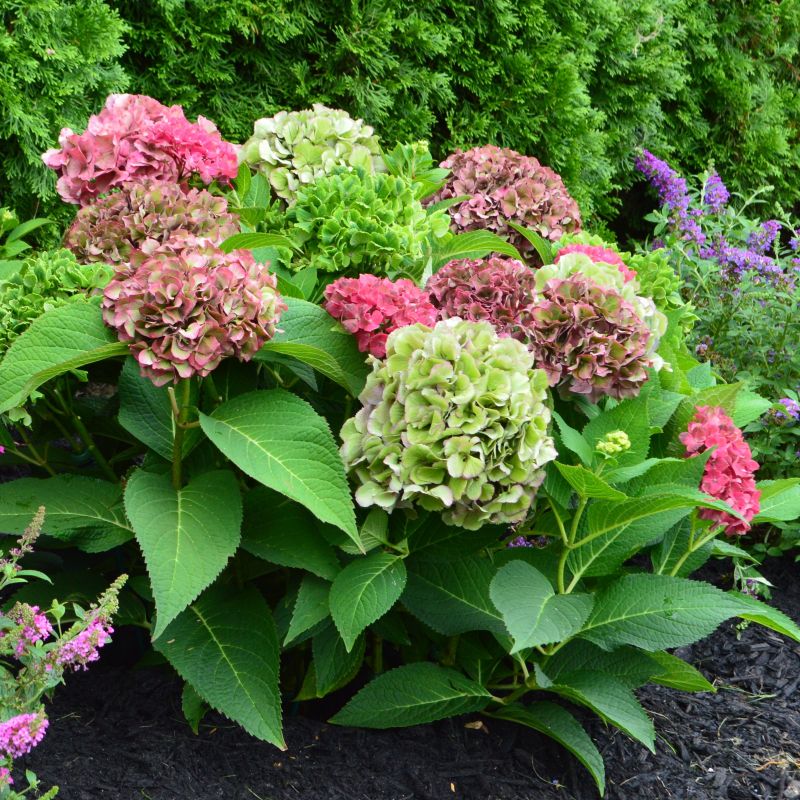
Hydrangea 'Lime Lovebird'
Hydrangea macrophylla Lime Lovebird
8 reviews
Hydrangea 'Lime Lovebird'
Hydrangea macrophylla Lime Lovebird
8 reviews
- Bright lime green flowers add a pop of color to your garden
- Compact size makes it perfect for containers or smaller garden spaces
- Flowers can be used for dried arrangements or crafting projects
- Recommended by landscape designers for optimal fit in real yards
$44.00
$63.00
30% Off
- Ships to 43215 in 3 to 7 days
- Free Shipping Over $150
- Plant Arrival Guarantee
- In Stock
- Free Plant Consult
$200 - Landscape-Approved: Every Plant We Sell Comes With Design Expertise Behind It
- 4"
- 4", 3 Pack
- 2 Gallon
Not just beautiful - intentionally selected by ShrubHub's 3D landscape design team to fit real-world spaces and maximize yard potential.
Why Hydrangea 'Lime Lovebird'?
Hydrangea 'Lime Lovebird' is a charming and compact hydrangea variety with lime-green flowers that bloom in abundance throughout the summer months. Its beautiful coloration adds a unique and refreshing touch to any garden or landscape. This hydrangea is easy to care for and thrives in partial shade, making it a perfect choice for both beginner and experienced gardeners.
People who loved this plant also bought
Sunlight
Hydrangea 'Lime Lovebird' prefers partial to full sunlight. It benefits from receiving at least 4-6 hours of direct sunlight per day, but can also tolerate some shade. Proper exposure to sunlight is essential for healthy growth and blooming of this plant.
Watering
Hydrangea 'Lime Lovebird' requires consistently moist soil to thrive. Water deeply and regularly, especially during periods of hot weather. Avoid letting the soil dry out completely between waterings. Mulch around the base of the plant to help retain moist
Fertilizing
Hydrangea 'Lime Lovebird' requires a well-balanced fertilizer that is high in phosphorus to promote blooming. It is recommended to use a slow-release fertilizer designed for flowering plants in the spring before new growth appears, followed by monthly appl
Plant Information:
| Botanical Name: | Hydrangea macrophylla Lime Lovebird |
| USDA Zones: | 5 - 9 |
| Mature Height: | 4 ft |
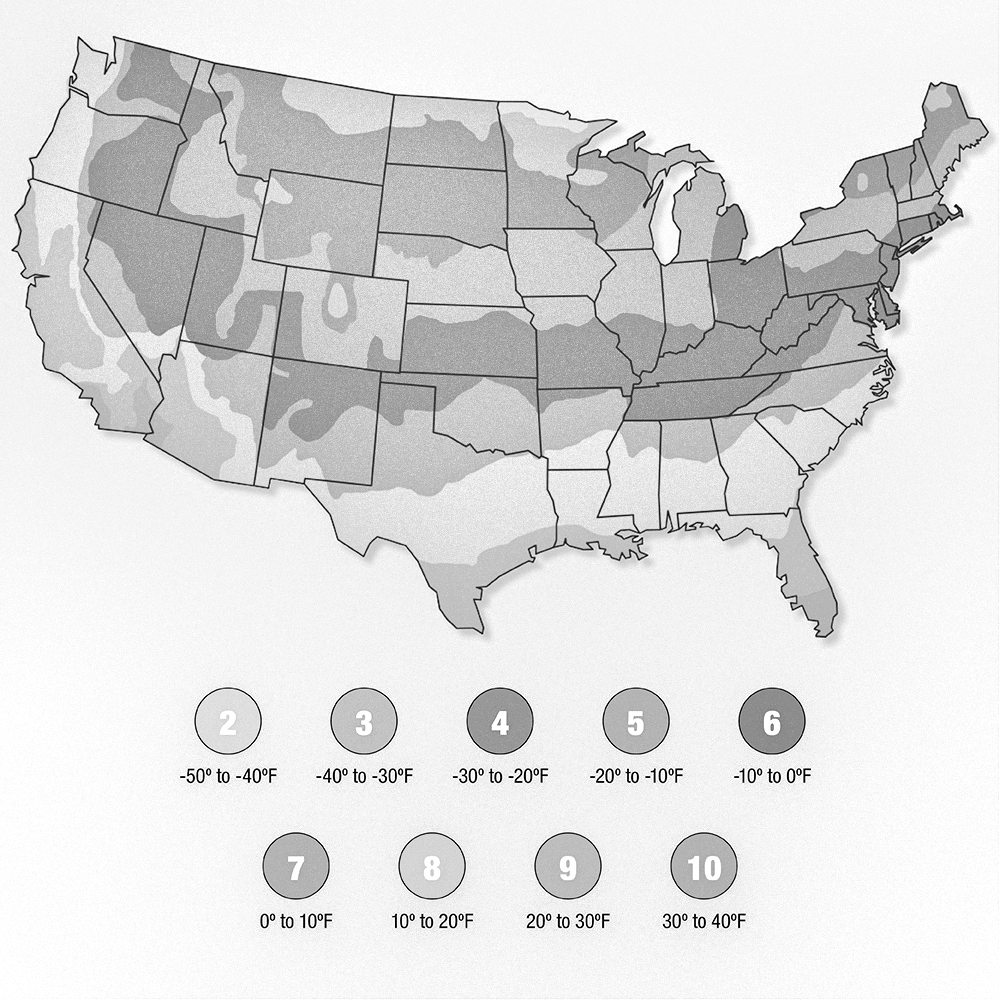
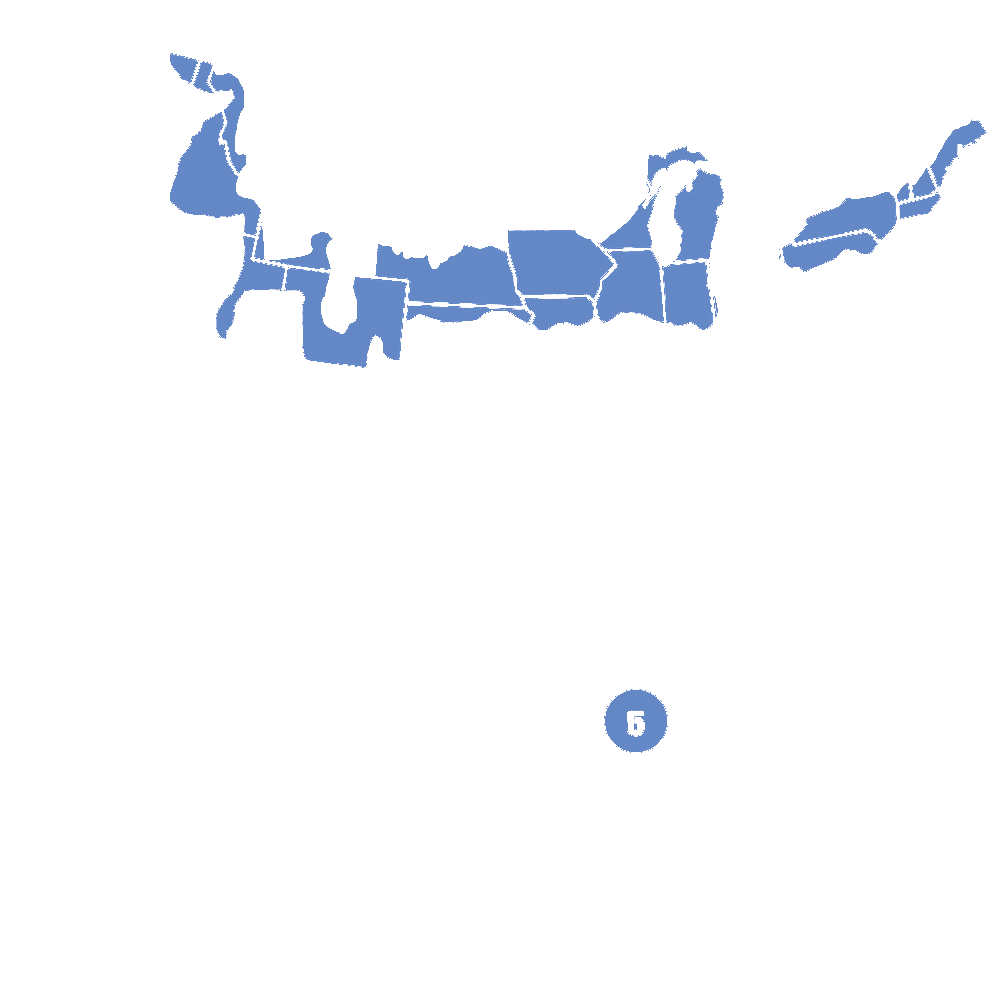
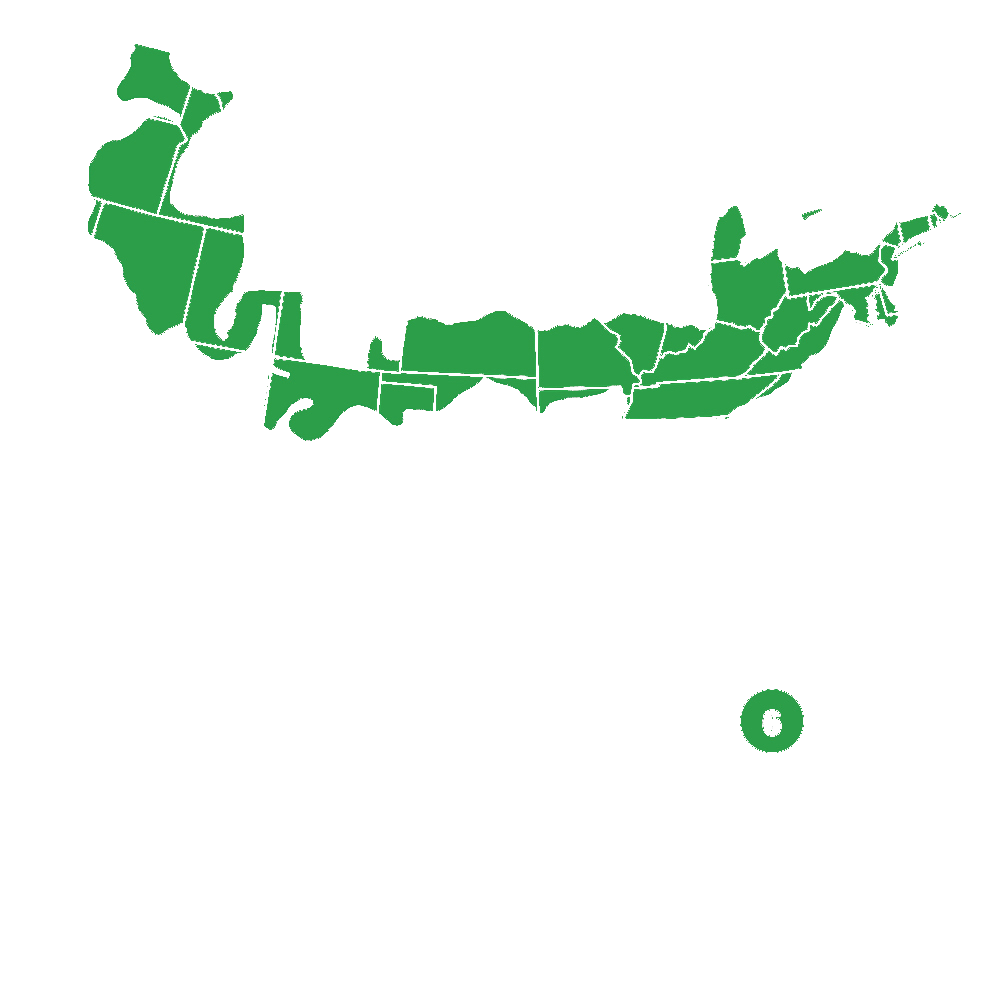

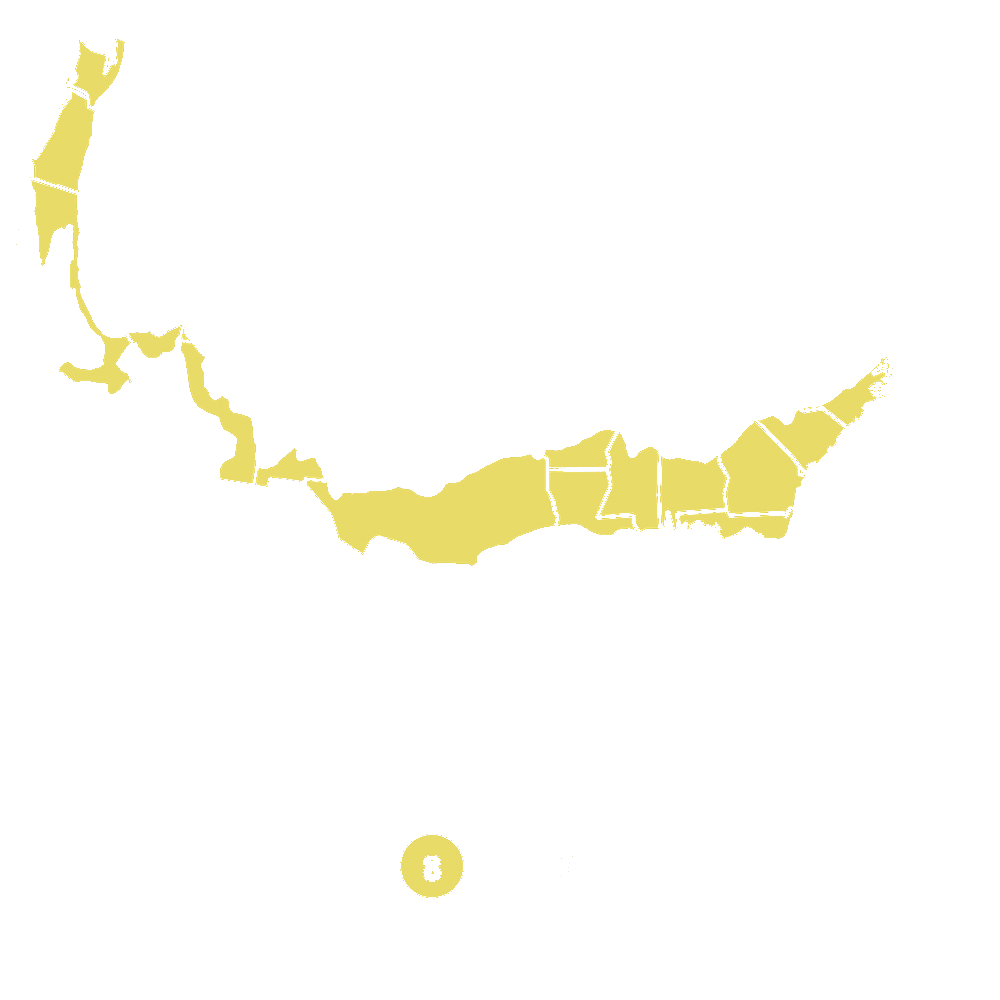
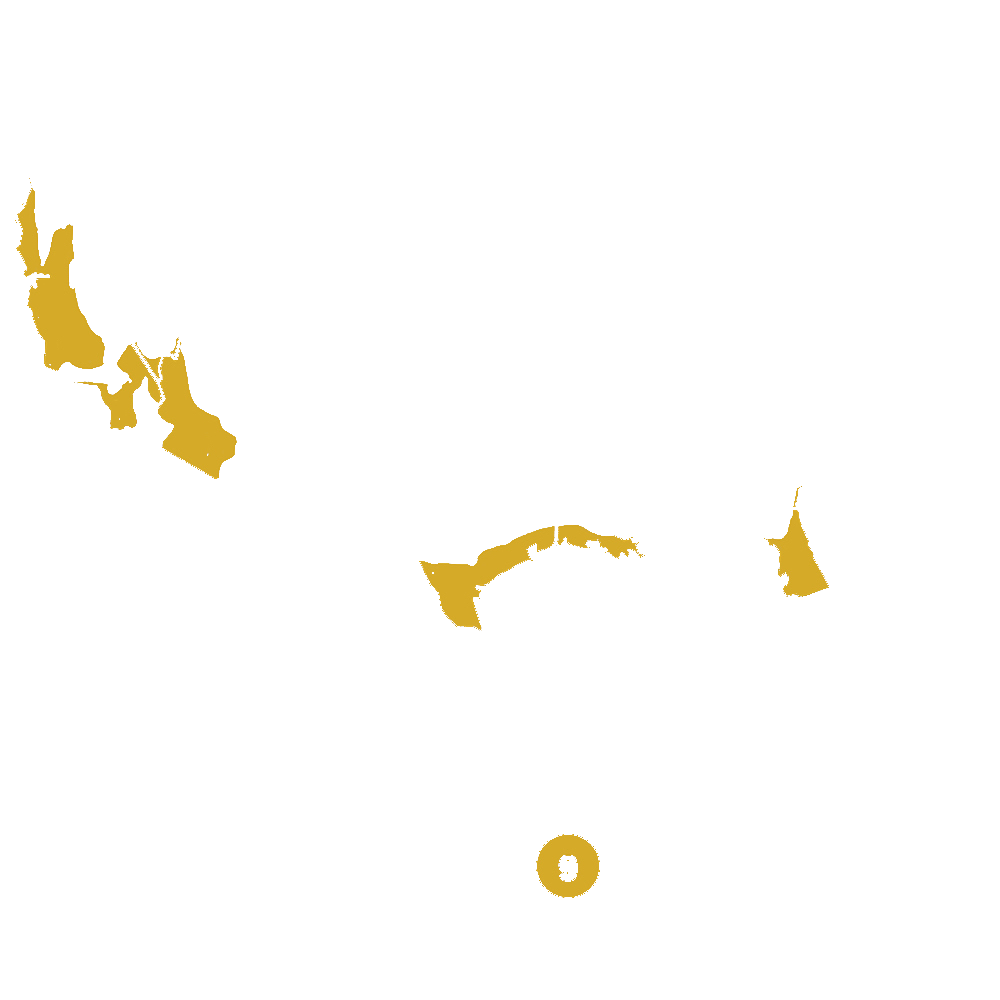
Pollination Info
Pollination Information for Hydrangea 'Lime Lovebird' (Hydrangea macrophylla Lime Lovebird)
Hydrangea 'Lime Lovebird', a variety of Hydrangea macrophylla, can be pollinated by bees, butterflies, and other pollinators. These insects are attracted to the colorful blooms of the plant, which are rich in nectar and pollen.
It is important to provide a habitat that supports pollinators to ensure successful pollination of Hydrangea 'Lime Lovebird'. This can be achieved by planting a variety of flowering plants that bloom at different times throughout the year, providing a diverse food source for pollinators.
Hydrangea 'Lime Lovebird' blooms in the summer months, attracting pollinators during this time. The plant produces small, fertile flowers surrounded by larger, showy sterile flowers that serve as attractants for pollinators.
By supporting pollinators in your garden, you can help ensure the successful pollination of Hydrangea 'Lime Lovebird' and promote a healthy ecosystem.
FAQ
Hydrangea 'Lime Lovebird' (Hydrangea macrophylla Lime Lovebird) FAQ
1. What is the mature size of Hydrangea 'Lime Lovebird'?
Hydrangea 'Lime Lovebird' typically grows to a height of 2-3 feet with a similar spread.
2. What is the best location to plant Hydrangea 'Lime Lovebird'?
Hydrangea 'Lime Lovebird' thrives in partial shade to full sun and well-draining soil. It prefers a location with morning sun and afternoon shade.
3. How often should I water Hydrangea 'Lime Lovebird'?
Hydrangea 'Lime Lovebird' should be watered regularly, especially during dry periods. Ensure the soil is moist but not waterlogged.
4. Does Hydrangea 'Lime Lovebird' require pruning?
Pruning is not necessary for Hydrangea 'Lime Lovebird', but you can trim back any dead or damaged branches in the early spring.
5. What fertilizer should I use for Hydrangea 'Lime Lovebird'?
Use a balanced, slow-release fertilizer for acid-loving plants in the spring to promote healthy growth and vibrant blooms.
6. How do I change the color of the blooms on Hydrangea 'Lime Lovebird'?
The color of the blooms is influenced by the soil pH. To achieve pink blooms, lower the pH with an acidic fertilizer. For blue blooms, raise the pH with an alkaline fertilizer.
7. When is the best time to plant Hydrangea 'Lime Lovebird'?
Plant Hydrangea 'Lime Lovebird' in the spring or fall when the weather is cool and the plant has time to establish before extreme temperatures.
8. Is Hydrangea 'Lime Lovebird' deer resistant?
Hydrangea 'Lime Lovebird' is not considered deer-resistant, so take precautions if deer are prevalent in your area.
Planting & Care
Planting & Care for Hydrangea 'Lime Lovebird'
Planting
- Choose a planting location that receives partial sun to partial shade.
- Plant in well-draining soil that is rich in organic matter.
- Dig a hole twice as wide and deep as the root ball of the plant.
- Place the plant in the hole and backfill with soil, making sure the top of the root ball is level with the soil surface.
- Water thoroughly after planting.
Care
- Water regularly, especially during hot and dry periods.
- Apply a layer of mulch around the base of the plant to help retain moisture and suppress weeds.
- Fertilize in early spring with a balanced fertilizer formulated for acid-loving plants.
- Prune in late winter or early spring to remove dead or damaged branches and shape the plant.
- Protect from harsh winter winds and cold temperatures by providing a layer of mulch around the base of the plant.
- Monitor for pests and diseases, such as aphids or powdery mildew, and treat accordingly.
Check Out These Verified Customer Reviews:
Customer Reviews
4.8 out of 5 based on 8 reviews
Thank you! Your review has been submitted.
I can't get over how stunning the Hydrangea 'Lime Lovebird' is. The colors are vibrant and it has been thriving since I planted it.
The quality of the Hydrangea 'Lime Lovebird' is exceptional. It's thriving in my garden and I couldn't be happier with my purchase.
Customer service was top-notch. They answered all my questions promptly and helped me choose the perfect plants for my garden.
Item has been added to your cart.

